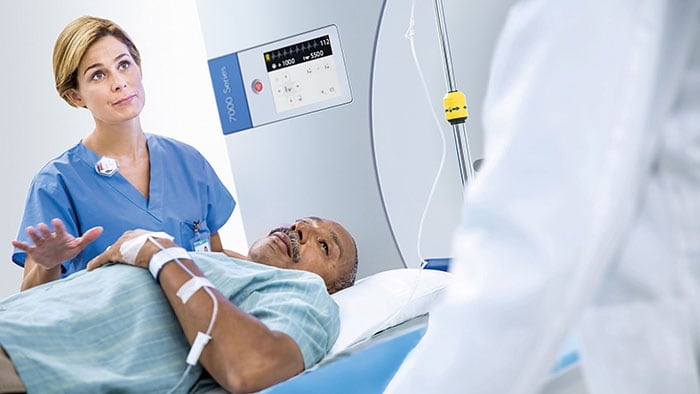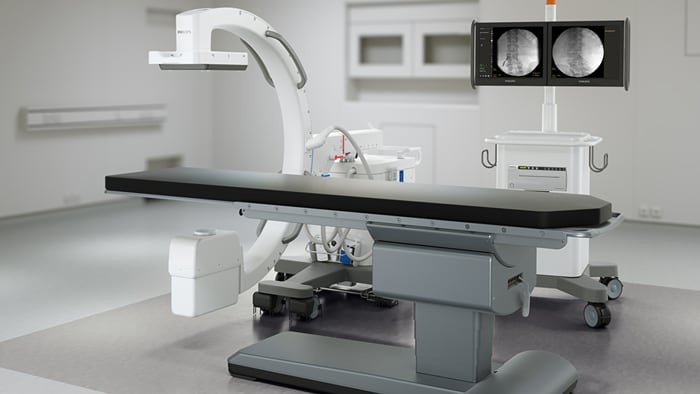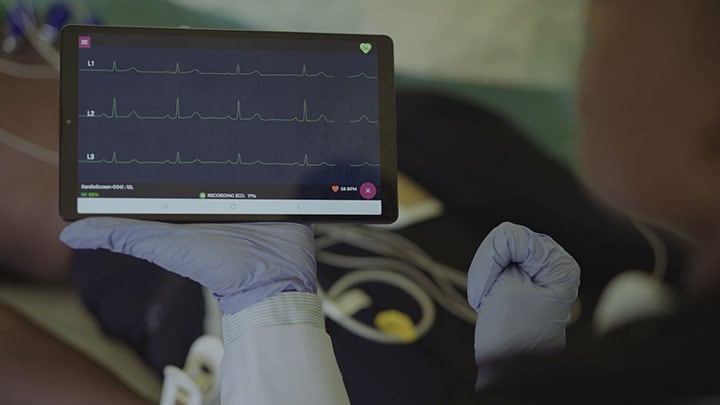Is the home the hospital of the future? Q&A with Highmark Health
Aug 08, 2023 - Reading time 6-8 minutes
In a series of articles, we explore the future of healthcare delivery. In this edition, we speak about the growing role of home and community care with Monique Reese, DNP, Senior Vice President of Home and Community Care at Highmark Health, a national health and wellness organization and the second largest integrated delivery and financing system in the US.
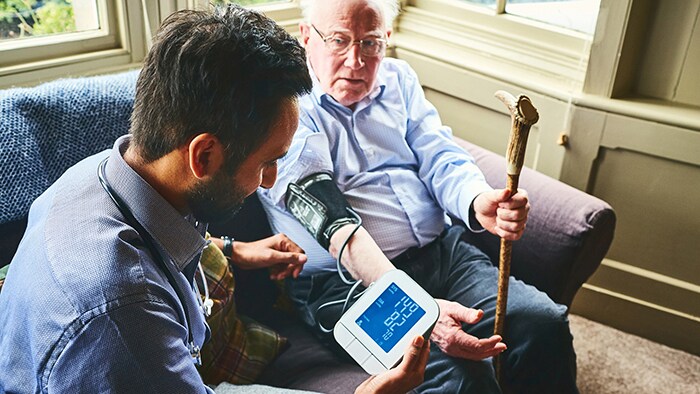
The Philips Future Health Index 2023 report showed how healthcare leaders envision new care delivery models that meet patients where they are, moving away from the traditional hospital-centric model. For example, 42% of healthcare leaders say their organization already delivers acute care at home today, and another 40% plan to do so in the next three years. It is an approach that Monique Reese and her team at Highmark Health have already been pioneering for years, by bringing high-quality healthcare into the home.
Q: Dr. Reese, what is your vision on home care and what do you see as its main benefits? A: At Highmark Health, we have taken a population health approach focused on delivering person-centered care. A big part of that is to support health and healing in the home. We are dedicated to creating capabilities and solutions for individuals to experience healthy days at home, in a way that is tailored to their needs and preferences. I think there are multiple benefits to this. It all starts with the realization that the home is the most authentic environment where you can receive care as a patient. Increasingly, it is also what patients are asking for. And, importantly, it helps us deliver care of equal or even better quality, in more affordable ways. These are all reasons why I expect home care delivery to continue to expand.
"The home is the most authentic place where you can receive care"

Monique Reese, DNP
Vice President of Home and Community Care at
Highmark Health
Q: Could you give an example of how Highmark Health is bringing this vision to life? A: Absolutely. A great example is how we are building out our hospital-at-home capabilities for patients who need acute-level care, whether that is because of heart failure exacerbation or a urinary tract infection. Once we have identified that a patient meets the criteria for acute-level care, we offer that patient the choice whether they want to receive care in the hospital or at home. This means patients can now get the same type of care they would receive in a hospital setting, but delivered in the comfort of their home, with their family members around them. Patient demand is clearly there and growing. The average number of monthly admissions into our hospital-at-home programs across different markets increased more than eight-fold between 2020 and 2023. We are also seeing particularly good engagement, satisfaction, and outcomes among patients who choose to have care delivered at home.
Q: How does this model work in practice? What does the patient experience look like? A: A patient would experience a care team that meets them in the home environment, starting with a two-to-six-hour enrollment visit to do a complete assessment of their condition and to set up the necessary equipment. A care team typically consists of different professionals – including a nurse, a nurse practitioner, a therapist, an aide, and hospitalist – who all work together to provide the best possible care to the patient. After the enrollment visit, the care team meets with the patient every day through a mix of in-person care and virtual hospital visits, supported by remote patient monitoring. There’s an array of complimentary services that we can bring into the patient’s home to create an environment where we can deliver safe, high-quality, and evidence-based care. That could include, for example, home-based infusion. And, if needed, we can also bring in a hospital bed or other types of equipment for the patient to be comfortable.
Q: You mentioned remote patient monitoring and virtual hospital visits. How do you see the role of virtual care in home care delivery? A: During the pandemic we saw a large uptake in virtual technologies being an enabler for care delivery, and we continue to see that adoption post-pandemic. For example, in our hospital-at-home program, when a patient is experiencing increased symptoms, a hospitalist can listen to a patient’s heart, lungs, and bowel sounds to do an initial assessment remotely. If needed, the hospitalist can then connect the patient to a physician or advance practice provider (APP) for a more extensive physical evaluation and to prescribe treatment. In the past, that patient would have needed to get into their car, drive to the emergency department (ED) of the hospital, after which they would likely need to wait in the ED for a few hours before getting evaluated. That’s a lot of barriers to get access to timely care, which we are taking away by doing the initial assessment remotely. It drastically improves the experience for the patient and their family members, and they can immediately start managing symptoms to reduce the disease burden. So, I think virtual care is a powerful complement to in-person care, and we are leveraging it in our other home health programs as well – whether it’s primary care at home or skilled nursing at home. But ultimately, what’s most important is how we integrate those technological capabilities into the work of our care teams, for a seamless patient experience. We want to offer the right care to the right patient at the right time. That usually requires a combination of in-person and virtual care. It’s not one or the other. We need to be flexible and adaptable in the capabilities and solutions we develop, in order to serve different patient needs and different market needs.
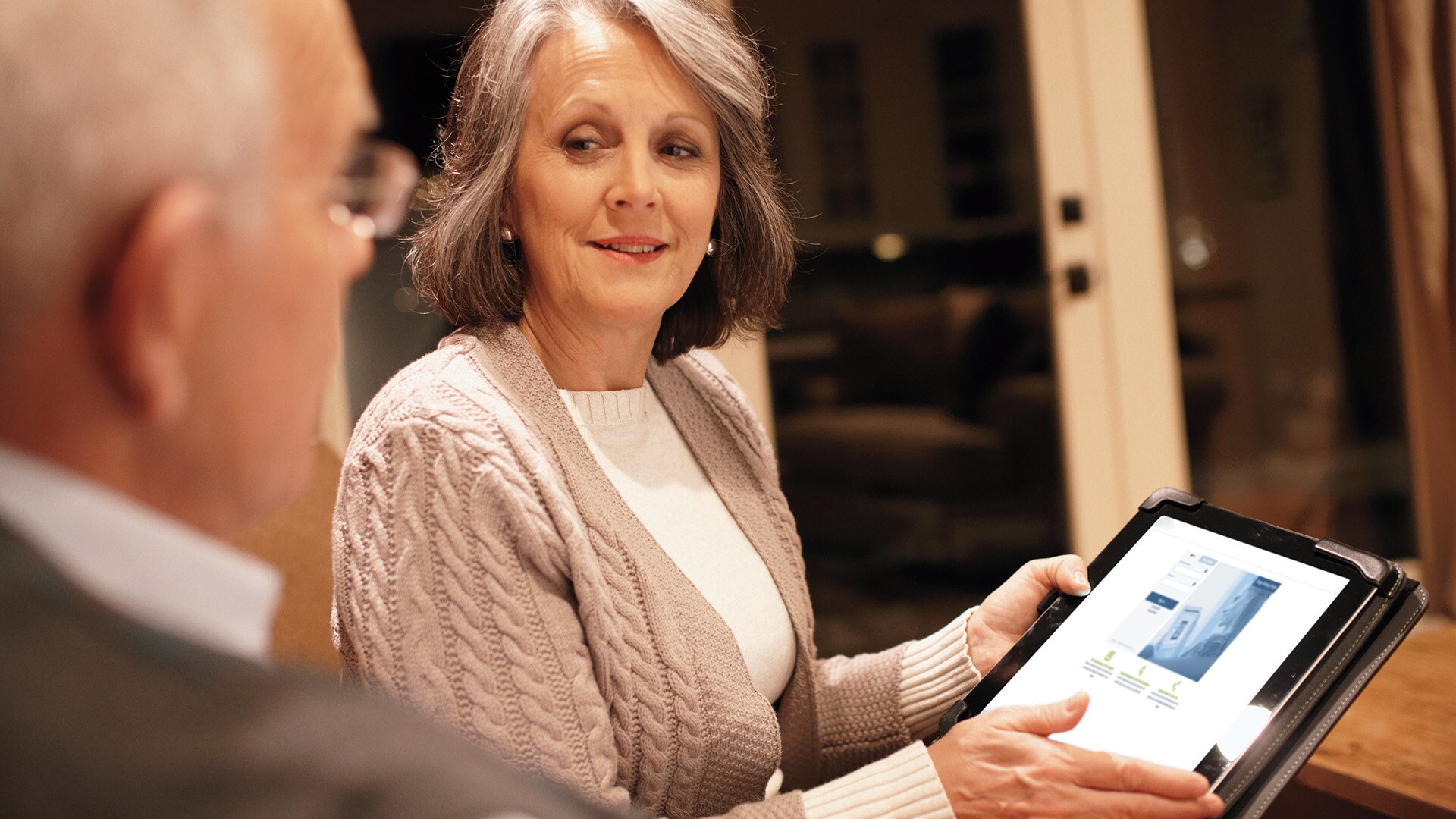
Q: What are other critical technological enablers for home care delivery? A: Workforce shortages are going to be one of the biggest barriers to further implementing these models. We see that already today. It is becoming harder and harder to get access to the right qualified staff. That means we need to ask ourselves how we can leverage the limited resources we have in a more efficient way, using technology to automate certain tasks. Because home health authorization now takes less time, we are also able to get a home health nurse into a patient’s home more quickly. That is directly associated with improved quality of care, and decreased symptom burden, as well as decreased hospitalizations and ED visits.
A good example is automation of home health authorization (i.e., the process of obtaining approval or authorization from a healthcare insurance provider or a government program to receive home health services). Historically, we needed lots of nurses for manual authorization. A few years ago we built a technological capability, together with one of our partners, to automate those approvals. This decreased the administrative burden for both the payer and the provider. As a result, we were able to redeploy the nurses that were previously doing all the manual authorization.
Q: Besides technology, what else is needed for further adoption of home care delivery models? A: That’s an important question because you can layer in technology as an enabler, but if there is no clinical or consumer adoption, that technology is not going to deliver value. Going forward, I think reimbursement models that support innovative and emerging models of care are going to be critical. It is something that both government and commercial payers are continuing to address. At Highmark Health, we are in a unique position to have both provider and payers operating under the same umbrella, meaning we can go all the way from designing new products and services to designing benefits and reimbursement plans, to providing actual healthcare delivery. For example, when there was an urgent need to ramp up virtual care capabilities during the pandemic, we did a lot of work to support clinical adoption through new payment models, innovation funds, and other tools.
Q: As healthcare is increasingly delivered at home, where does this leave the role of the hospital? A: Hospitals will continue to play an extremely important role, but I think you’re going to see them focusing even more on caring for high-acuity patients, while lower-acuity care continues to move into the home. The pandemic really fast-tracked this development, but based on my experience as a family nurse practitioner, this is an evolution that has been going on for 15 years. We also see that shift reflected in how patients enter our hospital-at-home program. We started by enrolling patients who visited the ED in the hospital, but now we are now also admitting patients through other care settings such as home-based primary care or outpatient clinics. This helps to avoid unnecessary ED visits and further improves the patient experience because patients no longer have to spend time waiting in the ED.
Q: Can home care also help improve health equity, and if so, how? A: Yes, as I said, I think our home health programs can help remove some of the traditional barriers to access to care, by reducing the need to come into a hospital. In addition, I think it’s very important that we start connecting patients to a larger ecosystem of support services in their community. That’s how we can provide more comprehensive care, which also addresses social determinants of health. At Highmark Health, we are building out high-performance social care networks, which connect healthcare providers to community-based organizations in areas such as transportation, food, and housing. When a patient returns home after having been treated in a care facility, our providers can help them get access to relevant resources in their community. We have also created reimbursement models to support these services. It’s a great example of how we are partnering with providers, patients and their families to ultimately provide more holistic, person-centered care to every patient, based on their individual needs and circumstances. This conversation has been edited for flow and clarity.

